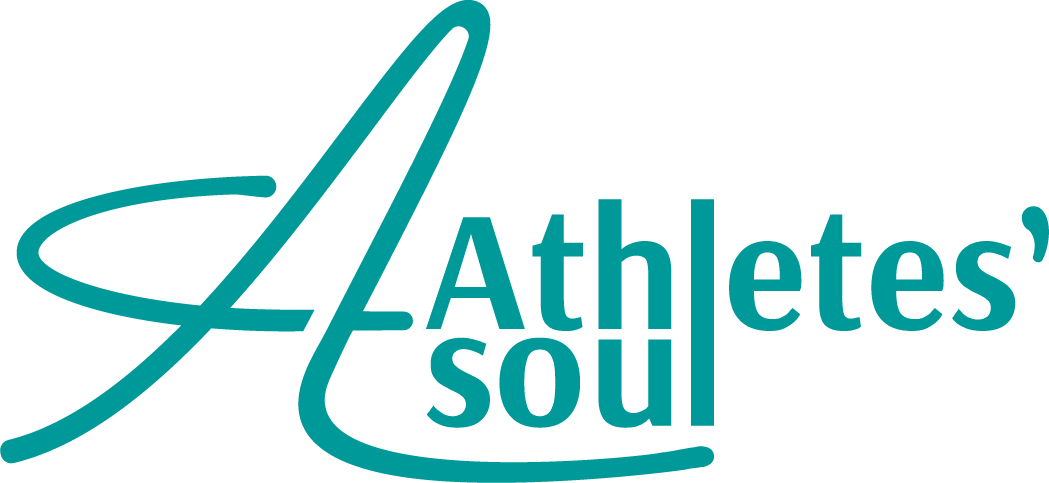Five Steps to Stay Physically Active During the Transition and Long After Retirement From Sports
This part of the transition may seem like the easy one since, after all, this is what you have done your whole life: exercise, train, workout… many hours per day. But unfortunately, most athletes do not know how to exercise for health and fitness, without competitive goals and a coach and teammates to tell you what to do and keep you on track. Most of us also finished our career completely burnt out or we turn away from sports to focus on our new life. It doesn’t have to be so drastic and it is important to continue to be active to stay healthy for life and enjoy the social benefits. Here is a guide to “normal” life after retirement from sports.
ACCEPT THAT YOU ARE NO LONGER AN ELITE ATHLETE AND BE AWARE OF THE PHYSICAL CHANGES ASSOCIATED WITH RETIREMENT. Physical changes may include: potential weight loss or gain, change of body composition (softening of your body and loss of athleticism), loss of athletic abilities such as strength, power, endurance, cardio, flexibility, etc., changes in the endocrine system (hormones) which can impact daily mood and feelings. Be aware that these changes, although completely normal, may impact your daily routine, your body image and your mood.
DEVELOP NEW PHYSICAL ACTIVITY GOALS IN LINE WITH YOUR NEW LIFE AND WRITE THEM DOWN. Physical activities goals include: be healthy by staying active, maintain basic fitness level, maintain athletic look, weight loss or gain, recover/rehabilitate from an injury or simply from the demands of your athletic career, etc. Writing your goals down is the first step. Not only will it help you articulate and clarify your goals, it will also reinforce your accountability and help you memorize them.
BUILD A TRANSITION PERIOD. Your body needs time to adjust to your new life. You can’t go from training 20-40 hours per week to nothing. Give yourself a short period of time off (1-2 weeks) and then start a deceleration plan from elite training to “normal” regular physical activity. This will give your brain enough time to adjust to different hormonal levels and nutritional needs. This is key to stay physically active for the rest of your life. If you stop cold turkey, you take the risk of never going back to any physical activity. So be aware: the longer you stop, the harder it is to get your fitness back.
INTEGRATE PHYSICAL ACTIVITY IN YOUR DAILY ROUTINE. During your entire athletic career, you were told what to do. Once you retire, it can be hard to deal with lack or excess of energy and your newly-found unlimited freedom. Creating a daily routine is essential to create stability and to build your new life. In your daily schedule, include a min. of 30 minutes of physical activity. And it doesn’t have to mirror what you have experienced as an athlete. Try out different activities to find what you like, combine multiples activities and/or include some of them in your work day (walking meeting). Some of the most commons physical activities people participate are: running/walking, gym/CrossFit, cycling (indoor or outdoor), yoga/Pilates, swimming. You can participate in physical activities for healthy benefits or you can continue to challenge yourself by entering competitive events.
SET UP AN ACCOUNTABILITY SYSTEM AND ENJOY THE SOCIAL INTERACTIONS OF YOUR NEW ACTIVITIES. Having a support system will increase your chances to succeed and help you in the long term. It will also allow you to build accountability and a social community. As a retired athlete, you may or may not miss your teammates - but if you do, this is one way to develop a new set of friends: sign up for a gym or league, be part of a master team, hire a personal trainer or coach, join a gym or yoga/Pilates studio, sign up for local sporting events, train with your friends or partner, subscribe to an online or video training channel, etc.
